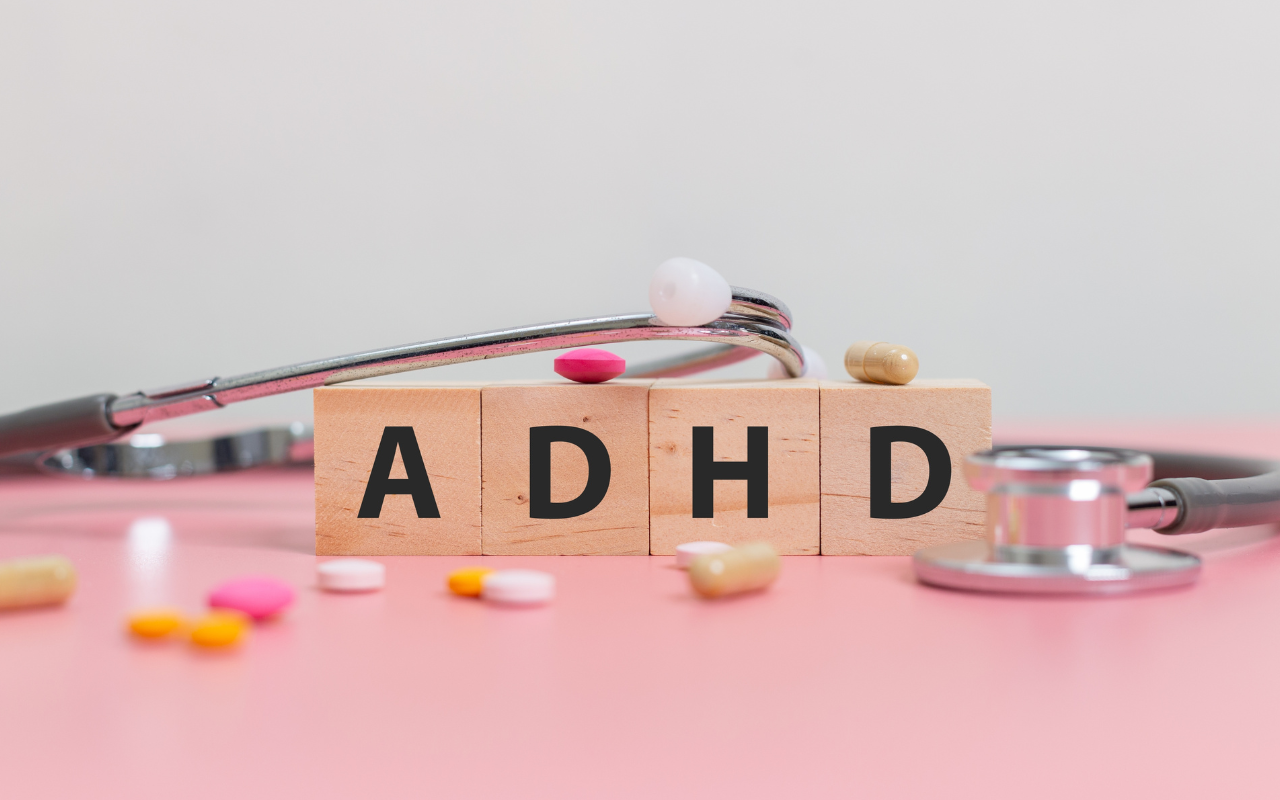Navigating the complexities of ADHD treatment just got a little easier for clinicians, with the release of a new evidence-based prescribing guide.
Launched by the Australasian ADHD Professionals Association (AADPA), this first of its kind ADHD prescribing guide for Australian healthcare professionals is a living document. It will be updated as necessary to reflect the latest evidence and best practice in the field of attention-deficit/hyperactivity disorder (ADHD).
AADPA board president and lead author, Professor David Coghill, hopes it will have a big impact on prescribers.
“We know that there’s a lot of variability about how ADHD medications are used, not just across Australia, but across the world,” he told InSight+.
“It was very difficult for people to find anywhere to go to get good, high quality, detailed information about medications without skirting through a whole range of different publications, which we know is always difficult for clinicians,” he said.
Co-lead author and pharmacist, Kate Tognarini, explained that the guide comes off the back of the launch of the Australian evidence-based clinical practice guideline for ADHD, which was released in October 2022.
“We felt that there was a need for a more specific guide to bridge the gap between the high-level recommendations of the guideline and the practical needs of prescribers or other health care professionals.
“We wanted this guide to be a useful reference, offering well researched information and knowledge from experienced physicians to guide safe and optimised prescribing practices,” she explained.

The two sections of the guide
“The first section we called the patient journey, because that’s really what it was intended to follow. So, it looks at information that’s relevant to any prescriber that’s treating ADHD, but also to the general patient journey from assessment, diagnosis all the way through to titration of medication and then continuing care,” Professor Coghill explained.
It’s a step-by-step guide with detailed information about the different medications and how to use them.
“The second part is called frequently asked questions … it focuses on more specific groups of people with ADHD, so particularly people with various coexisting conditions. But also looking more in depth at treating ADHD in women across the lifespan, and so that’s a more focused look that we hope people working with those particular populations will be able to dip into as and when required,” he said.
According to Ms Tognarini, this is the only guide to offer such FAQs.
“This includes more nuanced information on various topics and questions which came from clinicians and from people with ADHD, or those who care for them. This is handy as the well-researched answers are easy to find,” she explained.
The guide also includes “practice points” from experienced clinicians and has “lived-experience recommendations”.
“We wanted the guide to be true and considerate to the lived experience of people with ADHD and they were represented in the authorship (myself included). These insights also help to bridge the gap between expectations and actual experiences,” Ms Tognarini continued.
The rise of ADHD diagnoses
According to AADPA, around 6–8% of children and 3–5% of adults in Australia have ADHD, which is around 1 million Australians.
Some say it seems like more people are being diagnosed with ADHD than ever before. However, according to Professor Coghill, that isn’t true.
“All the evidence we have says that ADHD is not becoming more common. So epidemiologically, in the community, there are as many people with ADHD now as there were 10 years ago. But because awareness has increased, both awareness within the health profession, but also obviously awareness within the community, then people are now starting to come forward and asking, ‘Could some of my difficulties be related to ADHD?’” he explained.
“What we’re encouraging health care practitioners to say is not: ‘Is it ADHD?’, but: ‘Is ADHD contributing to this clinical presentation that’s being brought to me?,’. That’s not something that people have routinely asked in the past,” he said.
Despite the increased awareness about ADHD, Ms Tognarini said there continues to be misconceptions, particularly when it comes to medication.
“Primarily that stimulants, used so successfully to manage ADHD, are dangerous, very addictive or unsafe in the long term.
“There are so many studies on the safety of stimulants, which are incredibly effective in managing the core symptoms of ADHD and make a huge difference to people with ADHD. People with ADHD still experience quite a bit of stigma, which is unfortunate,” she continued.
Other ADHD management options
Despite the guide being primarily about ADHD medications, the authors want to stress that treating ADHD isn’t just about medications.
“There are at least two other aspects. One … is psycho education. Educating people about their ADHD, about the causes, about correlates of ADHD … as well as helping them to recognise and understand the evidence bases of treatment.
“We recognise that ADHD treatments should always be multimodal, and that there are many other support and supportive treatments. Things like helping to support parents of young children with ADHD, cognitive behavioural therapy for older adolescents and adults with ADHD and ADHD coaches.
“They aren’t as effective at reducing the core symptoms of ADHD, but are really important in giving people strategies and ways to manage the consequences of ADHD,” he said.
The ADHD prescribing guide for Australian healthcare professionals is available to purchase in print and eBook formats from the AADPA website.
Subscribe to the free InSight+ weekly newsletter here. It is available to all readers, not just registered medical practitioners.

 more_vert
more_vert
I’m a medical practitioner. Someone very close to me was introduced to (dextro)amphetamine by a psychiatrist, and the patient was encouraged by the psychiatrist to experiment with escalating the dosage. The patient’s ensuing addiction caused carnage for many people, worst of all for the patient, and it was very expensive for society in terms of usage of hospital resources over the subsequent numerous and lengthy admissions for amphetamine psychosis, and it was costly in terms of the loss to society of a previously functional professionally registered and previously steadily employed member of society.
Let me pick up my jae off the floor…..they are charging $149 for guidelines? You can’t call it a living document if the link goes to an order page for payment. Do better.
Insightful. Now I worry whether I I contributed to the stigma persons with ADHD and their prescribers have faced. As a physician, I am delegated to collaborate and some supervise independent nurse practitioners in some states, some, mental health providers. I have often questioned first-time diagnosis of ADHD in some adults. I am fully aware of its incidence in adults, but was circumspect about the recent surge in diagnoses. I often requested my own independent evaluation of each new diagnosis in adulthood. In the great majority of these cases, I was agreement with these providers after my independent evaluation. It appears the increased awareness among providers and patients alike is the main driver of the increase in diagnoses. This is not to say that there are no cases of abuse and diversion, because, indeed , there are. Providers need to be aware of this too. Furthermore, providers should consider using non-stimulants medications and other non-stimulant modalities first or in combination with stimulants when appropriate. Also, employing the lowest dose of stimulants that control symptoms is key to reducing adverse events in their patients. Drug holidays on weekends is another approach to reduce risk of tolerance and reduce total weekly dose exposures. Treating other co-morbid psychiatric conditions like anxiety, depression and bipolar and personality disorders ensures complete care, and may allow for dose reduction. Limiting prescription to monthly supplies, and making accommodations for drug holidays will reduce chances of drug stock piling. The government needs to stop over-regulating. Stimulants therapy need not be designated schedule II in the US. Mental health nurse practitioners with specialty training in ADHD/ADD assessment and care should be able to prescribe stimulants independently. Providers should not be looking over their shoulders when they prescribe stimulants appropriately.